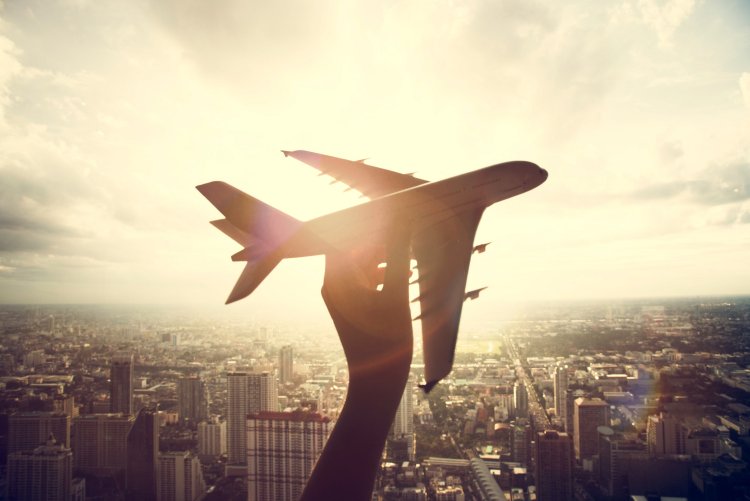On October 4, 1971, the famous Pan American World Airways flight from Washington to London began. There were four sets of atomic clocks onboard the aircraft. The unusual cargo, for which separate seats were purchased, was accompanied by two scientists – physicist Joseph Hafele and astronomer Richard Keating. During the round-the-world trip (first, the aircraft flew eastwards, then westwards), scientists tested Einstein’s theory of relativity, which predicts that time can go differently for each observer: because of different speeds relative to each other, or because of the difference in the gravitational potential between locations.
When the flight was completed, the scientists checked the readings of the clocks on board with a similar clock that remained on the Ground at the US Naval Observatory all this time. As expected, the time difference completely coincided with Einstein’s predictions. This famous flight, the so-called Hafele-Keating experiment, once again showed that time can really slow down or accelerate, which proves the relativity theory.
25 years later, the Hafele-Keating experiment was repeated using a more accurate atomic clock, again demonstrating the validity of Einstein’s relativity theory and the difference in the passage of time in space and on the Earth’s surface. For example, on the ISS, time flows a fraction of a second faster than on our planet. Today, similar effects of time dilation on Earth, predicted by Einstein, are entered into the GPS calculations.
Based on open sources
Photo: rawpixel / 123RF






















